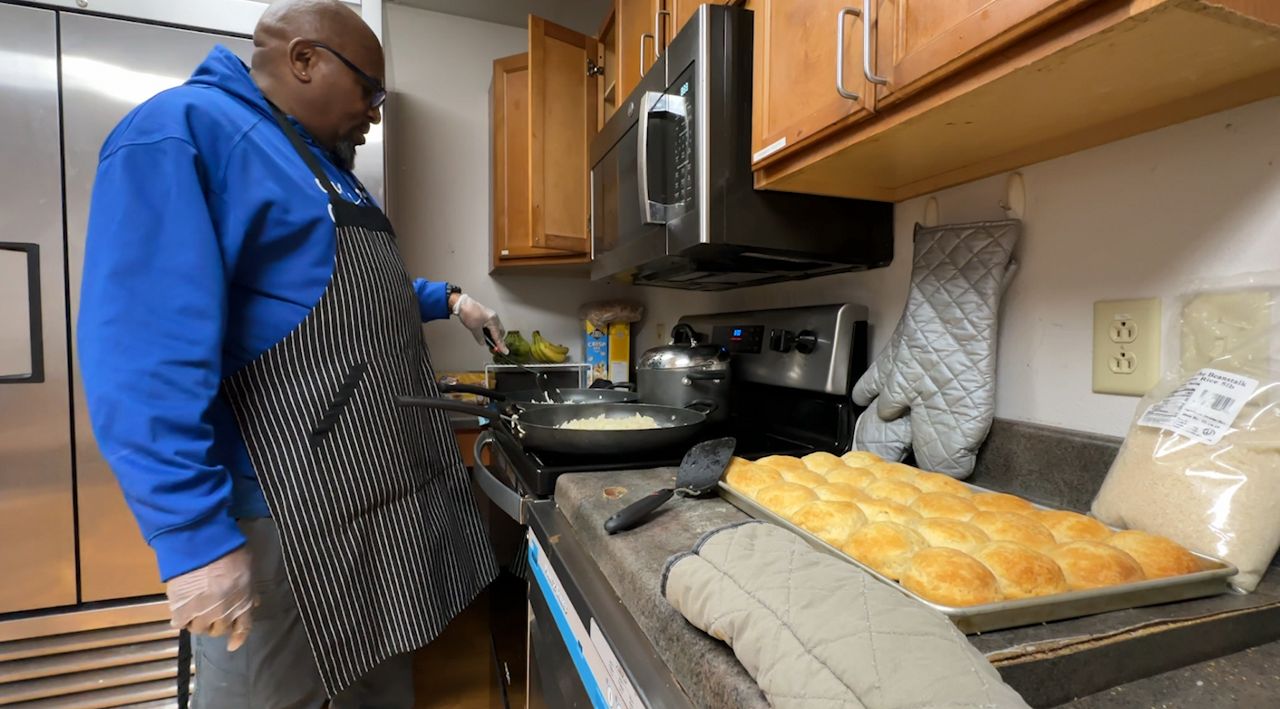MILWAUKEE — Autumn West Safe Haven sits near the heart of Milwaukee.
It’s a low-barrier housing refuge run by Community Advocates for those who are homeless and battling mental illness.
What You Need To Know
- Autumn West Safe Haven is a low-barrier housing refuge run by Community Advocates for those who are homeless and battling mental illness
- The Hunger Task Force provides around 60% of the food served to residents
- Residents at Autumn West have access to three meals a day. They also are provided with some basic and staple items to cook in the comfort of their own home
The shelter can house around 20 people in need. For around 10 years, Community Advocates and Autumn West have partnered with the Hunger Task Force. The Hunger Task Force provides around 60% of the food served to residents.
“Food programming here at the Safe Haven is critical,” Community Advocates Supportive Housing Coordinator Matt Raymond said. “Its important. It’s a place where people can start their recovery from homelessness and have a full belly. Food is important,”
Residents at Autumn West have access to three meals a day. They also are provided with some basic and staple items to cook in the comfort of their own home..

Raymond said this program is important and it would be extremely difficult to complete their mission of serving those in need without the collaboration of the Hunger Task Force.
“It’s incredibly impactful,” Raymond said. “We are working with individuals who have varying needs. For some, coming in the Safe Haven, while the apartments we provide come with kitchenettes and cookware provided, being able to have a community space where they can come and share meals with fellow residents is really important. The meal program in itself is responsive to the community needs for individuals who struggle preparing meals on their own.”
Over the past few years, Community Advocates said it’s seen the population it serves shift.
“We’ve seen an influx in individuals of a senior population. Whereas 10 years ago about 15% of our referrals and intakes were 55 and older, that number has now more than doubled to over 35%…,” Raymond said.



